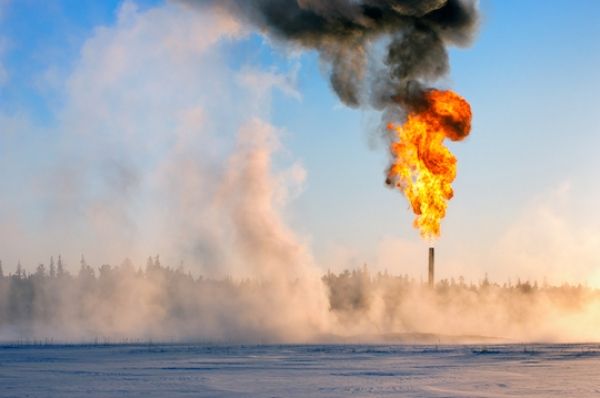Newly published research by Rice University environmental engineers suggests flaring of natural gas from oil and gas fields in the United States, primarily in North Dakota and Texas, contributed to dozens of premature deaths in 2019.
Satellite observations and computer models can link gas flares to air pollution and health, according to Daniel Cohan of Rice’s George R. Brown School of Engineering and his colleagues, who published their findings in the journal Atmosphere.
Oil and gas producers flare excess gas when infrastructure to bring it to market is unavailable. While flaring reduces the direct venting of the powerful greenhouse gas methane into the atmosphere, it also produces black carbon particles, also known as soot or particulate matter. These particles, smaller than 2.5 microns in diameter, can impair lung function and cause respiratory disease, heart disease and strokes.
The Rice team partnered with researchers from the Clean Air Task Force to produce calculations, based on infrared satellite observations of oil fields where 97% of flaring takes place, showing that the United States emitted nearly 16,000 tons of black carbon in 2019. The researchers used computationally efficient reduced-form models to estimate that 26-53 premature deaths were directly attributable to air quality associated with flares.
Read more at: Rice University
Rice engineers show that flaring of natural gas at drilling sites in the United States, primarily in North Dakota and Texas, contributed to dozens of premature deaths in 2019. (Photo Credit: by 123rf)


